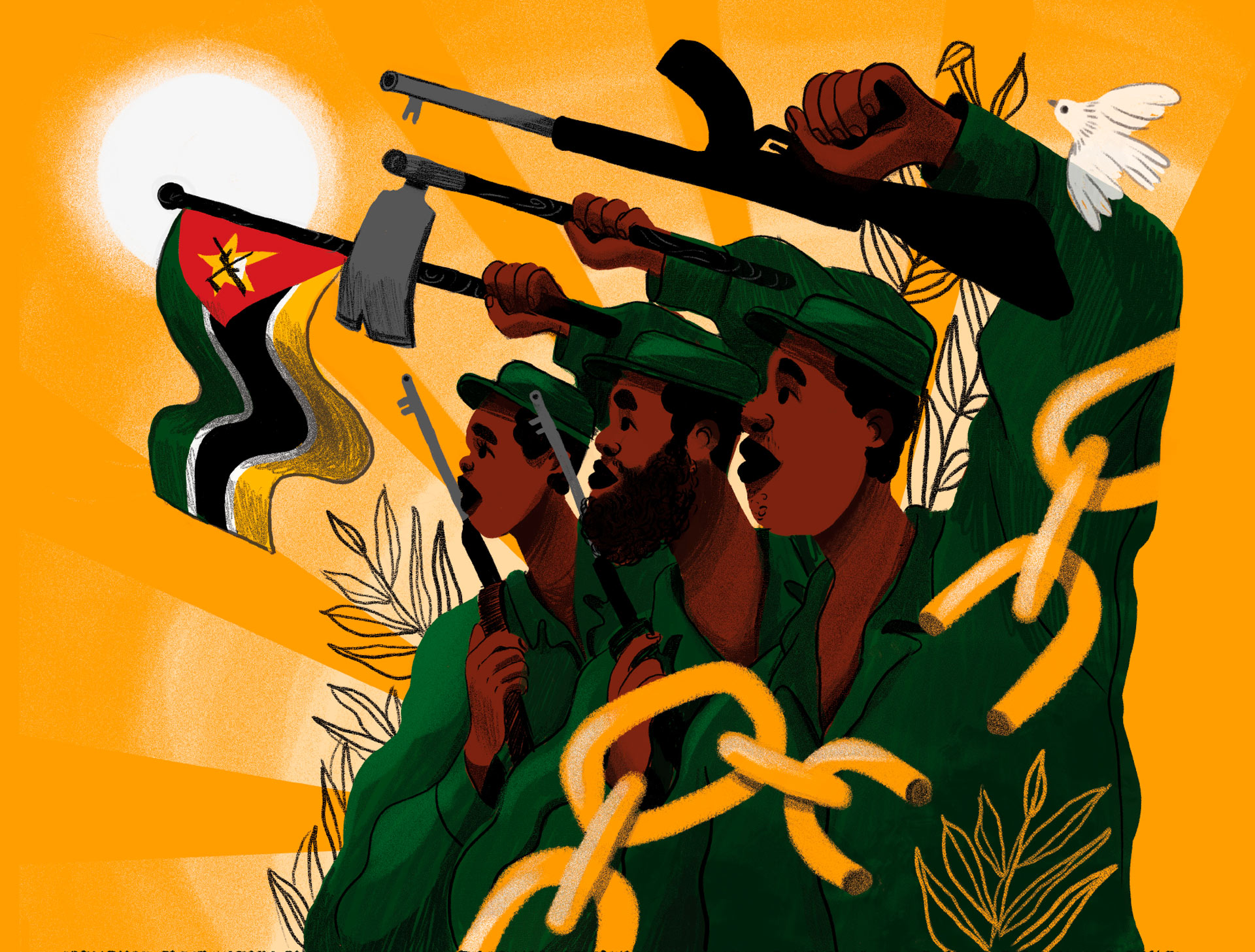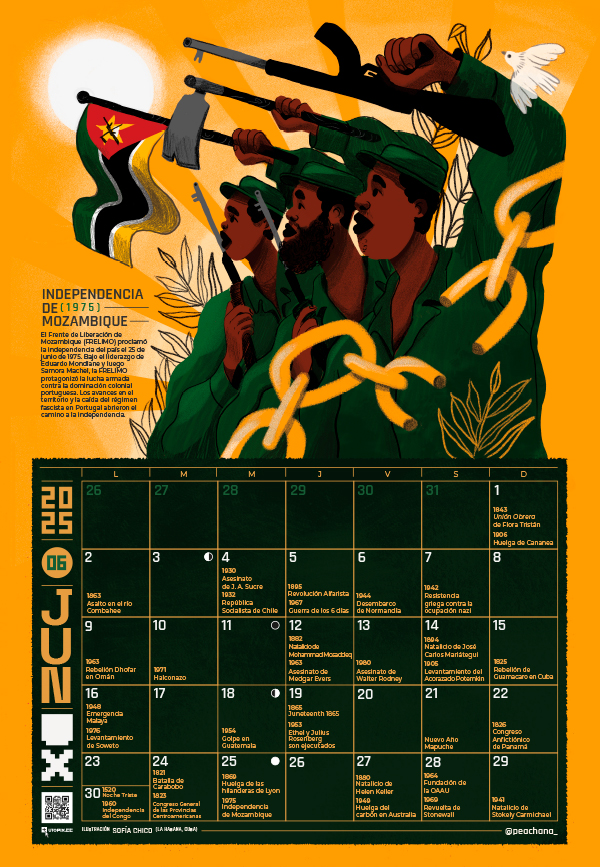ESP – ENG

On June 25, 1975, in the Machava stadium outside the capital, Samora Machel proclaimed the independence of Mozambique before jubilant crowds. Down came the Portuguese flag, to be replaced by the new Mozambican flag. The anti-colonial struggle was over.
The winds of independence began to blow in Portugal’s African colonies after the Second World War. With its decadent fascist dictatorship refusing to negotiate with nationalist movements in Guinea-Bissau, Angola and Mozambique, there was only one path forward: armed struggle.
Eduardo Mondlane was the first major figure in the Mozambican liberation struggle. He authored the manifesto “Fighting for Mozambique” and was elected as the first president of the Mozambican Liberation Front (FRELIMO) in 1962.
With a revolutionary program, FRELIMO launched a guerrilla warfare campaign from the north of the country. It counted on support from the Soviet Union, China and other countries in its struggle against the colonial regime. Despite committing a lot of resources and unleashing terror, the Portuguese forces could not contain FRELIMO’s advance.
Mondlane would not live to see independence, as he was assassinated by the Portuguese secret police in 1969. Up stepped the young and charismatic Samora Machel, who would guide FRELIMO and then lead the young, independent nation.
After the April 25, 1974, revolution in Portugal, the fascist regime collapsed under the weight of underdevelopment, repression and the unpopularity of its colonial war. A little over a year later, Mozambique achieved its independence. However, the hopes for a future of progress and social justice were destroyed by foreign intervention.

Click here to download the printable version of the calendar and hang it on your wall.
Text: Ricardo Vaz. Illustration: Sofía Chico.